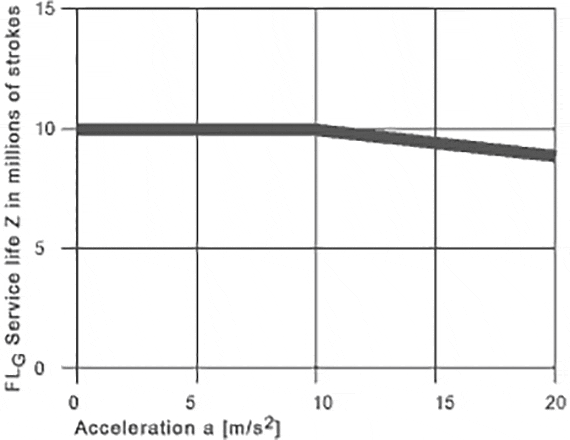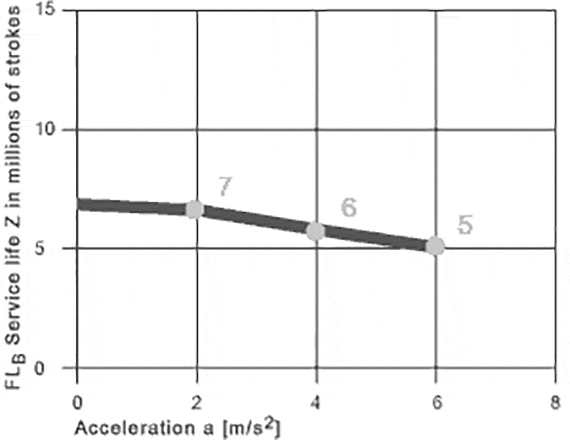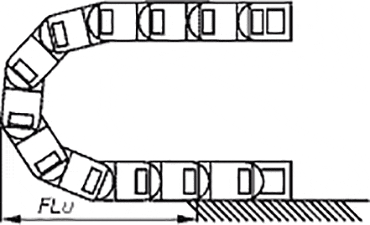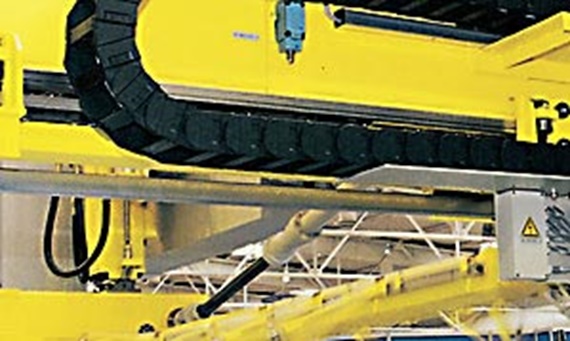180 Bass Pro Mills Drive
Concord
Ontario L4K 0G9
180 Bass Pro Mills Drive
Concord
Ontario L4K 0G9
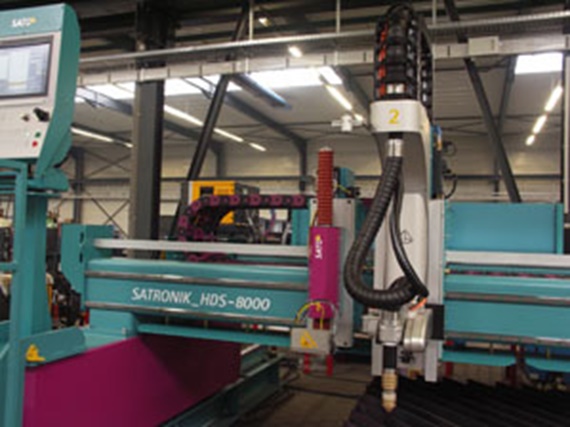
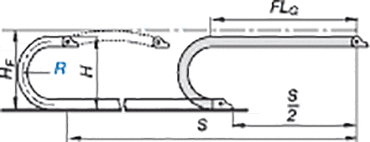
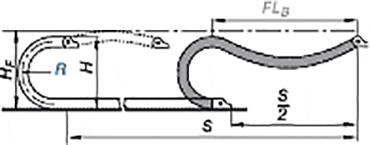

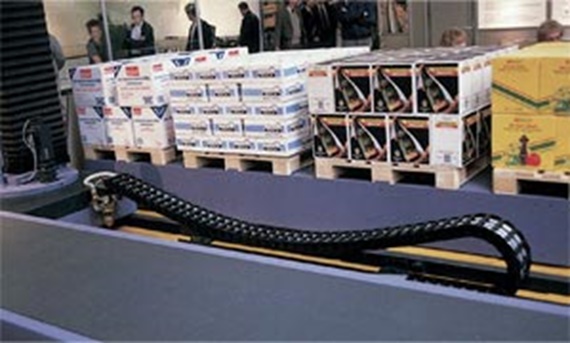
Finding a suitable energy chain for your fill weight and travel distance
Identifying the maximum load for the selected energy chain
Unsupported Length
Speed
Acceleration
Service life
Load bearing areas
Noise level
Technical environment
Select a more stable energy chain
Support the cable carrier in the unsupported area (this possibility has restrictions for acceleration, speed and noise as a consequence; three fundamental examples are detailed below. Please consult igus® if you are considering this possibility. We will gladly provide you with a detailed proposal.)
Use a "multiband" cable carrier or "nest" two energy chains inside one another. (Please consult igus® regarding these options.)
Design the travel distance as a "gliding application".
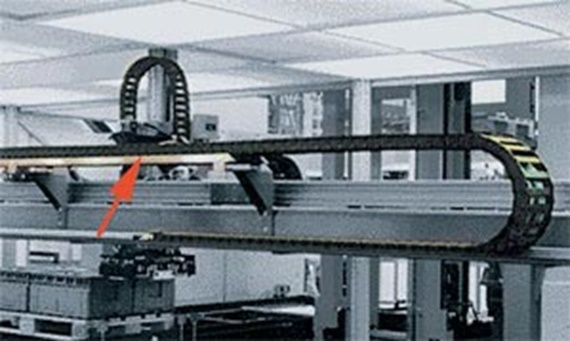


| FL G | FL B | ||
| v max. | ft/s (m/s) | 32.8 (10) | 9.83 (3) |
| v peak | [ft/s] | 65.6 (20) | - |
| a max. | ft/s 2 (m/s2) | 65.6 (20) | 19.69 (6) |
| a peak | ft/s 2 (m/s2) | 2,572 (784) | - |
